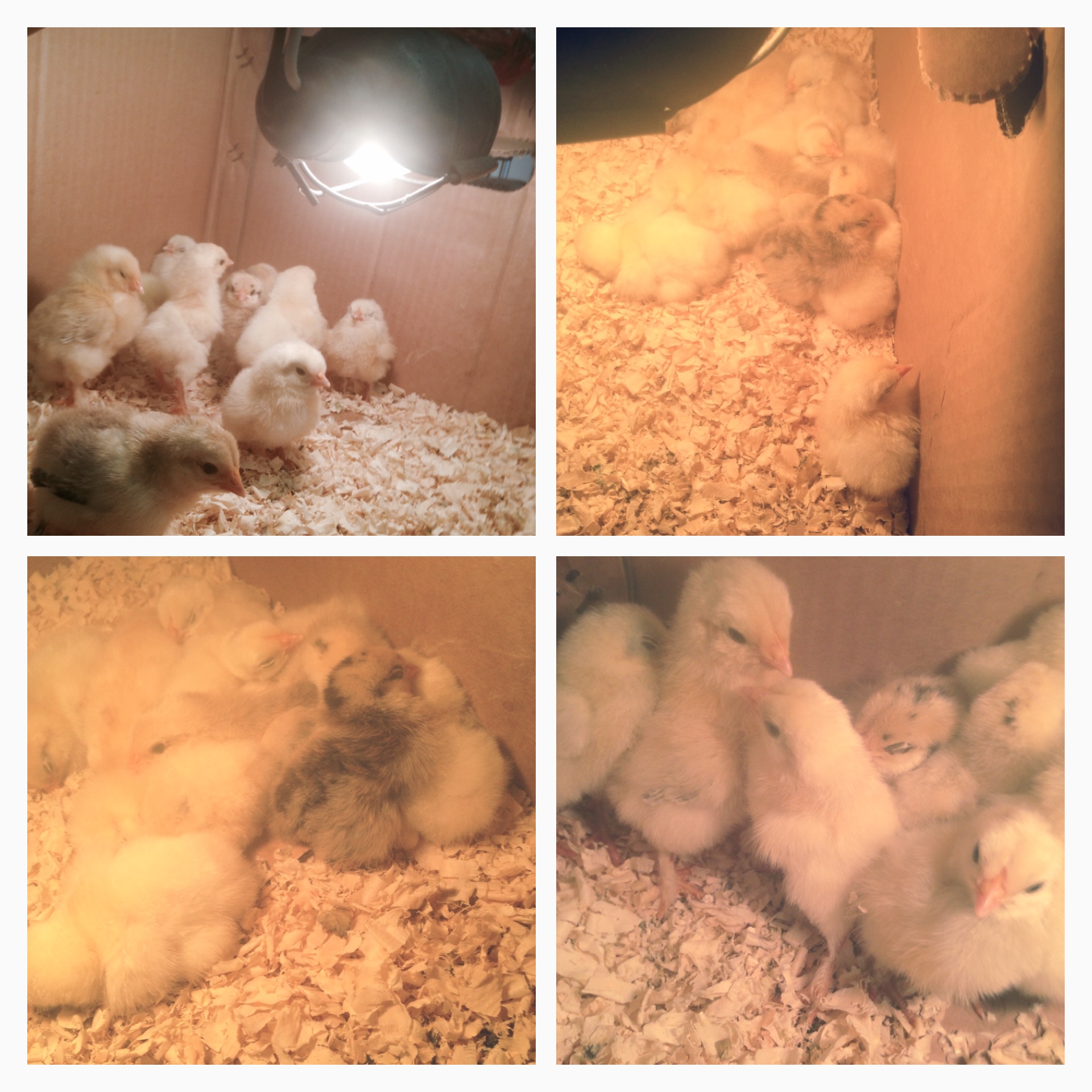When Marguerite Cox started her latest Community Based Service Learning project (CBSL) with Primary Cycles 1, 2 and 3 at Netagamiou School the idea was to create a cookbook which would present the history of food in the community of Chevery, Quebec. However, her project quickly grew into so much more, due to the enthusiasm of her students and their desire to give back to their community, and even, communities abroad.
Called Feed Your Body, Feed Your Heart, Feed Your Soul, Marguerite’s CBSL project integrated Social Studies and Language Arts. It took place after school for students interested in participating. The students were asked to find old-fashioned recipes from their community to include in a cookbook. Marguerite and her 18 students then decided to bake some of the goodies and occasionally open a small bakery.
During the process, the students shared stories about the friends and loved ones who had provided them the cookbook recipes, which led to the idea to transform the cookbook into a memory book. The book would include photos, stories, and of course, the recipes.
From there, the student’s wanted to do something good with the money they had made from selling the treats and book. They sent money to the victims of Philippines Typhoon Haiyan (2014) and helped fund a student through the Hilde Back scholarship in Kenya. Their final funding project will be helping endangered elephants in Kenya. The students also gave back to their own community by spending time with seniors, sharing their baked goods and telling stories.
Marguerite describes the project as a great success. “The students learned so much, I am having trouble putting it into words,” she writes, “Leadership, mentoring, cooking, safety in the kitchen, compassion, writing, storytelling, listening skills and most of all, they learned that it takes a team to make it all happen.”









